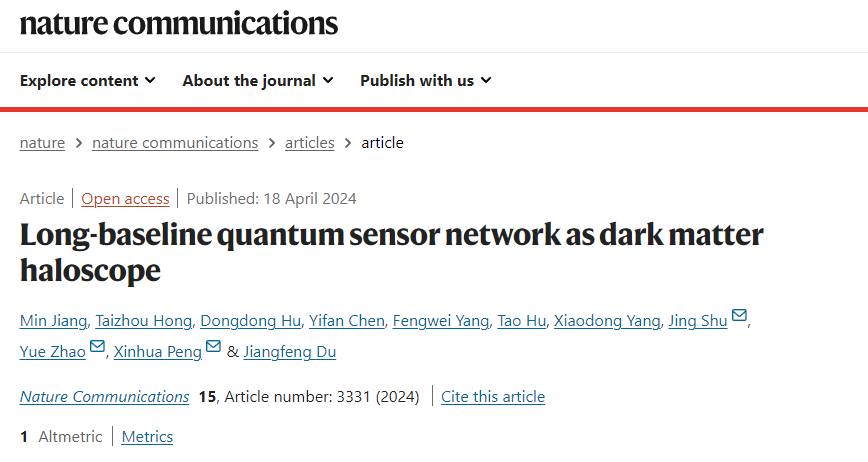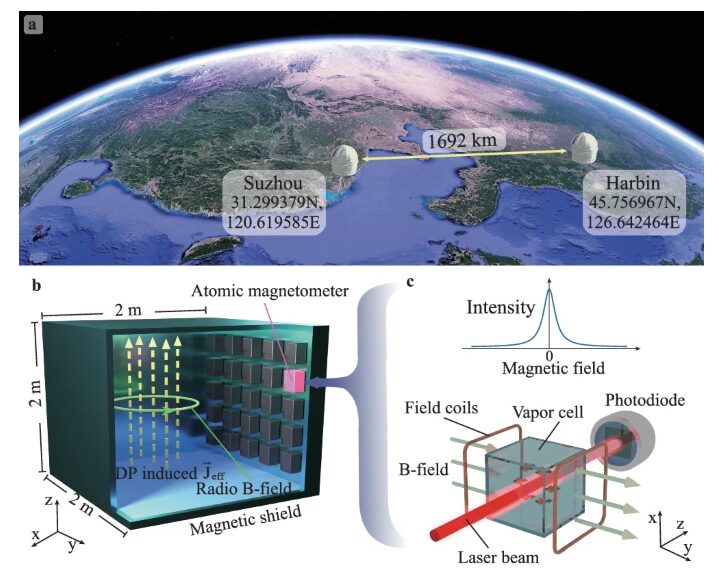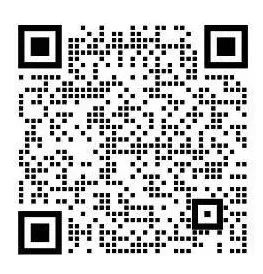

Ultralight dark photons are a promising candidate for dark matter. When coupled with standard model photons through a dynamical mixing mechanism, coherent electromagnetic waves are expected to be induced by dark photons, and spatial correlations should occur within the de Broglie wavelength of the dark photons. In this context, a team led by Professor Peng Xinhua from University of Science and Technology of China, along with Yue Zhao from University of Utah and Professor Shu Jing from Peking University, discovered a long baseline network composed of 15 atomic magnetometers to search for correlated dark photon signals, located in two meter-scale shielded rooms approximately 1700 kilometers apart.
Key Points of the Article:
1) This study confirms that multiple sensors and large-size shielding of the network significantly enhance the expected dark photon electromagnetic signals. The long baseline measurements confidently reduce many local noise sources, and using this network, the dark photon dark matter mixing coefficient is constrained to a mass range of 4.1 feV to 2.1 peV, indicating that any terrestrial experiments operating within this mass range will yield the most stringent constraints.
2) Furthermore, the study suggests that future data releases may exceed the astrophysical limits set by the cosmic microwave background and plasma heating.

References:
Jiang, M., Hong, T., Hu, D. et al. Long-baseline quantum sensor network as dark matter haloscope. Nat. Commun.(2024).
DOI: 10.1038/s41467-024-47566-0
https://doi.org/10.1038/s41467-024-47566-0
